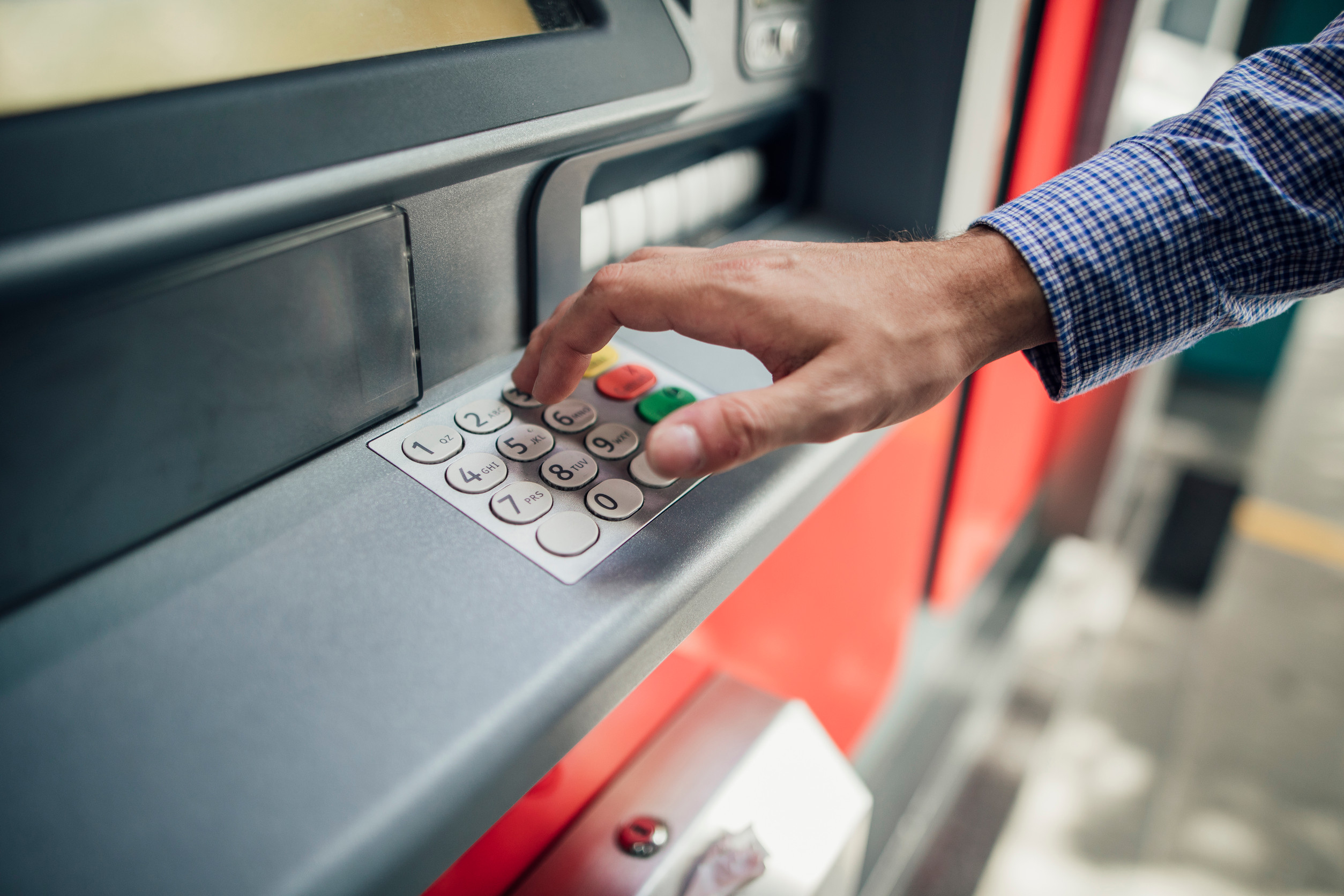
Banks don’t just hold money; they keep an eye on how it moves. With stricter regulations, anti-fraud systems, and advanced monitoring tools, unusual activity triggers red flags faster than ever.
Some transactions are innocent on the surface but can appear shady when seen through a banker’s lens. Regulators push banks to report anything that even hints at fraud, laundering, or criminal activity. The result is that everyday moves can suddenly look suspicious if they break the usual financial pattern.
1. Frequent Large Cash Deposits
Walking into a branch with wads of cash multiple times a week may draw more attention than applause. Banks worry about whether the money comes from unreported business dealings or something illegal. Even if funds are legitimate, frequent large deposits can mimic patterns tied to laundering.
Banks typically file suspicious activity reports if deposits seem inconsistent with a customer’s normal account behavior. To stay safe, spreading deposits thoughtfully and keeping clear records helps prove legitimacy.
2. Structured Withdrawals to Avoid Limits
Withdrawing just under $10,000 on repeat may sound like a clever way to dodge paperwork, but banks see it as a classic structuring tactic. Regulators consider this “smurfing” and treat it as an intentional attempt to avoid reporting rules. Even if withdrawals are perfectly legal, the pattern itself looks designed to hide something. Banks are trained to flag and investigate this kind of repetitive activity. Transparency and clear explanations are the best defense if large cash needs arise.
3. Rapid Transfers Between Accounts
Moving money quickly between multiple accounts, especially across different banks, can look suspicious. To fraud monitors, it may resemble layering, a laundering technique used to obscure funds. While people often shuffle money for budgeting or convenience, excessive transfers in a short span raise eyebrows. Algorithms watch for speed and volume, not just total amounts. Keeping transfers steady and with a purpose helps avoid unwanted attention.
4. Overseas Wire Transfers
Sending frequent wires abroad, especially to high-risk countries, triggers compliance reviews almost instantly. Banks worry about terrorist financing, tax evasion, or other cross-border fraud schemes. Even small but regular transfers may create suspicion if they don’t match a customer’s financial profile. International students, expats, and business owners often face added scrutiny in this area. Explaining the purpose of transfers and keeping documentation ready is a smart move.
5. Sudden Spikes in Activity
A quiet account that suddenly starts seeing huge inflows or outflows is one of the biggest red flags banks notices. To risk teams, a drastic change without a clear explanation looks like something is being hidden. Even if the reason is positive, such as selling a property or receiving a bonus, banks still want clarity.
Sudden bursts of activity often trigger account holds until verification is complete. The smoother the communication with the bank, the fewer the headaches.
6. Using Personal Accounts for Business Deals
Mixing business and personal funds may seem convenient but raises alarms for compliance officers. Banks expect business transactions to go through business accounts for record-keeping and taxation purposes. When clients receive large payments into personal checking accounts, it often looks like an attempt to avoid scrutiny. Repeated business-type transactions in personal accounts may even violate terms of service. Setting up proper business banking prevents suspicion and avoids messy audits later.
7. Frequent ATM Withdrawals in Odd Locations
Constant ATM withdrawals far from home can suggest stolen cards, account takeovers, or money muling. When patterns don’t match a customer’s known lifestyle, banks act quickly to freeze accounts. Fraud detection systems track both the number and geography of withdrawals. Even moving around within the same city can raise flags if withdrawals spike suddenly. Keeping ATM activity predictable makes it easier to avoid unnecessary freezes.
8. Round-Number Transactions
Payments or deposits that always fall into perfect round numbers, such as $500 or $2,000, often raise suspicion. Criminals use round numbers to simplify laundering or disguise transactions as routine payments. While many people naturally prefer round figures, doing so consistently looks manufactured. Banks take notice when every movement lacks random variation. Adding small differences helps reduce the appearance of artificial structuring.
9. High Use of Cryptocurrency Exchanges
Banks watch closely when accounts funnel large sums to and from crypto platforms. While digital assets are legal, regulators tie them to high risks of laundering and fraud. Sudden spikes in crypto-related transfers often trigger inquiries into source of funds.
Customers who trade responsibly may still face extra questions when fiat-to-crypto movements look excessive. Keeping documentation of trades and taxes reassures compliance teams and avoids delays.

Staying Off the Radar
Banks don’t expect perfection, but they do expect consistency and clarity. Most suspicious activity reports start not from wrongdoing but from confusing or unexplained patterns. The key is transparency—clear documentation and communication go a long way. By understanding how banks flag activity, customers can protect themselves from unnecessary freezes and investigations.
What’s your take—have you ever had a legitimate transaction questioned by your bank? Share your thoughts or experiences in the comments.
Read More
Why Some Banks Are Refusing to Release Funds Without a Lawyer Present
The New Banking Feature That’s Blocking Some Inheritance Transfers
The post 9 Financial Moves That Look Suspicious to Banks Now appeared first on Everybody Loves Your Money.







